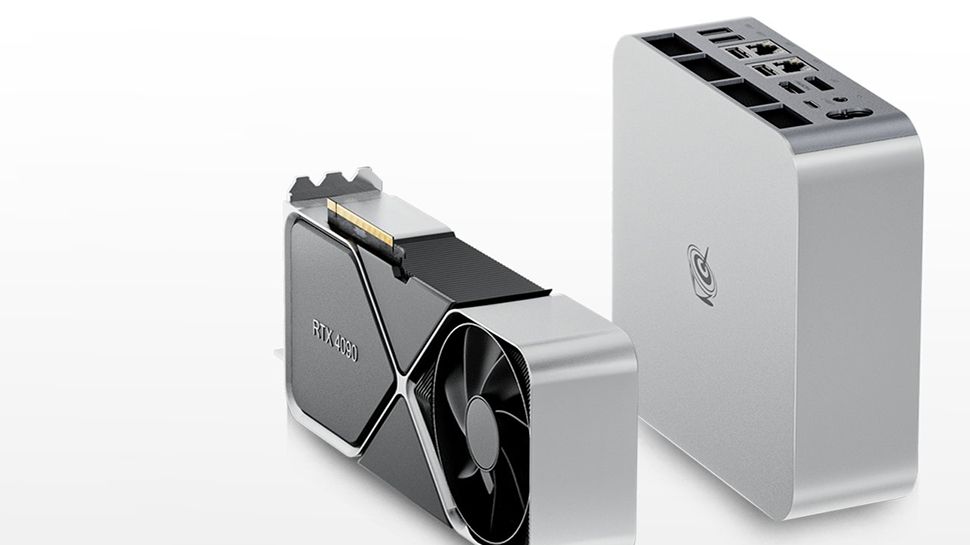I'm a journalist specialising in computer hardware and naturally I do a lot of benchmarking with PC games. That doesn't mean that everything I'm going to say is just for personal interest.
All that being said, I was looking forward to it… Warhammer 40K: Space Marine II For several reasons. First, it looks like an incredible game, but second, it looks like a visual cornucopia that can push computer hardware to its limits.
So why doesn't it have a built-in reference point?
PC gamers are constantly searching for the perfect balance between the best possible graphics and smooth performance. Most gamers don't have the best graphics card available, and with an endless variety of hardware configurations, optimizing game settings can become a frustrating trial-and-error process for both programmers and gamers.
For some reason, despite all the technological advances in game development, many titles (not just Warhammer 40K: Space Marine II) still lack a simple, yet essential, built-in benchmarking tool. These tools, found in titles such as Cyberpunk 2077, Total War: Warhammer IIIand Formula 1 2024Among others, they are not only a convenience for hardware journalists striving to produce accurate reviews, but are crucial for gamers looking to get the best experience from their hardware.
We all want 60+ FPS gameplay. There's a simple way to figure out what we need to do to get there. However, this isn't even the standard for graphics-intensive games, let alone more graphics-intensive titles like Cult of the Lamband that doesn't make sense.
Empowering players through optimization
If you're a gamer, you know the age-old ritual of tweaking settings after launching a new game: adjusting resolution, texture quality, shadows, and (heaven forbid) ray tracing, all just to find the sweet spot where the game looks great and runs smoothly.
Unfortunately, without a built-in benchmark, this process is little more than guesswork, forcing players to make changes, reload the game, and hope they got it right. This often results in an inferior experience or unnecessary strain on the system.
Built-in benchmarking tools provide immediate, quantifiable insight into how different settings affect performance as they simulate real-world in-game scenarios. These often display frame rates, CPU and GPU usage, and other vital statistics that can give gamers a better idea of what’s going on in their game.
Additionally, developers can also adjust their benchmarks to target the most demanding gaming scenarios, so gamers can ensure that no matter the challenge, their hardware is up to the task.
This provides gamers with the information they need to make informed decisions and tailor a game’s settings to a specific hardware configuration. As such, it’s an essential tool for gamers that has been missing from most major releases.
Why they are not universal, I have no idea.
Benefits for journalists, developers and players

For gaming and hardware journalists, integrated PC gaming benchmarks are invaluable.
Reviews often require evaluating a game’s performance on different hardware configurations, and without standardized benchmarking tools, journalists must rely on subjective observations or third-party software that introduces an unacceptable level of subjectivity. This can lead to inconsistent reviews and leave readers without the reliable information they need to make purchasing decisions.
Plus, having predefined benchmarks is obviously a means of earning press for the games in question. How much ink has been spilled about Cyberpunk 2077's graphical abilities? The fact that it has a built-in benchmark that journalists can use is one of the main reasons.
Developers can also benefit from including benchmarking tools, as this demonstrates transparency and confidence in their product, which builds trust in the gaming community.
At the very least, benchmarking tools can reduce performance issues that users report as bugs or can lower review scores on Steam and other stores as gamers are better equipped to troubleshoot and optimize their own experience with the hardware they're using.
Additionally, developers can collect (in a consensual manner) anonymous performance data from benchmark tests to identify common issues and areas for improvement. This data-driven approach allows for more effective updates and patches, ultimately leading to a better gaming experience and increased player satisfaction.
In an industry where user experience can determine the success or failure of a game, the inclusion of built-in benchmarking tools should be standard practice.
They improve the gaming experience for players, provide journalists with the means to deliver accurate reviews, and offer developers valuable insights into the performance of their games.
As gaming continues to push the boundaries of technology, it is imperative that both gamers and professionals are equipped with the tools they need to navigate this complex landscape effectively.
By making benchmarking a standard, we can ensure that each new title delivers not only creativity and content, but also performance and player satisfaction.









